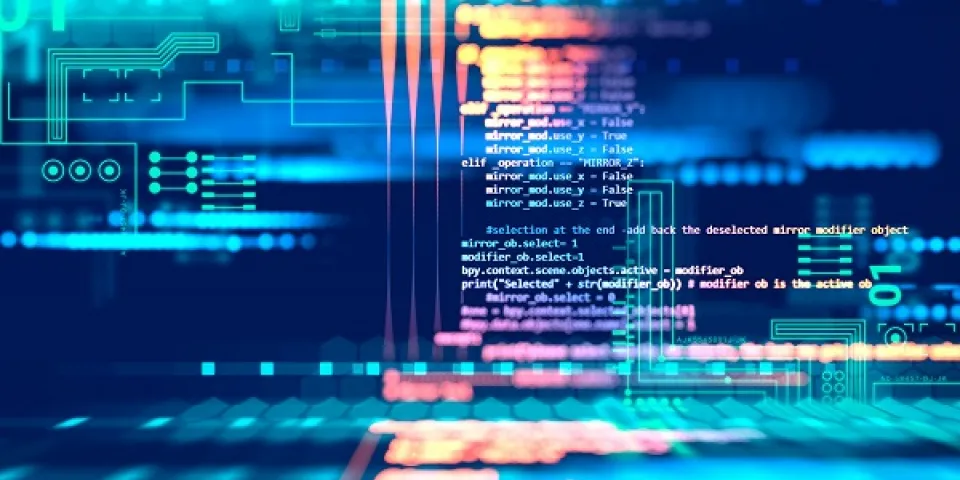In the digital age, financial fraud has evolved in complexity and scale, making traditional investigative methods insufficient for detecting and combating such crimes. Computer forensics has emerged as an indispensable tool in this fight, offering advanced techniques to uncover, analyze, and present digital evidence related to fraudulent activities. As financial transactions increasingly move online, perpetrators exploit vulnerabilities in digital systems to execute crimes ranging from identity theft and phishing to embezzlement and insider trading. Computer forensics, a branch of digital forensics, plays a critical role in preventing these crimes by identifying digital footprints, tracing illicit activities, and strengthening the overall security posture of organizations. One of the primary functions of computer forensics in fraud prevention is the identification and recovery of digital evidence. Skilled forensic experts can retrieve deleted files, track changes to financial records, and analyze metadata to reveal patterns of suspicious behavior. For example, in cases of embezzlement, computer forensic analysts can trace unauthorized fund transfers, track login histories, and compare them with official records to expose fraudulent activities.

This digital evidence is often crucial in legal proceedings, serving as indisputable proof of wrongdoing. Computer Forensics Guide can detect attempts to alter or erase data, which is a common tactic used by fraudsters to cover their tracks. Computer forensics also aids in real-time fraud prevention by enabling proactive monitoring of digital environments. Advanced forensic software can be configured to detect anomalies in network traffic, login patterns, and data access behavior, alerting security teams to potential threats before financial losses occur. This capability is particularly important in the banking and financial sectors, where even minor breaches can result in significant damages. By integrating forensic tools with cybersecurity measures, organizations can establish a robust framework for detecting and responding to suspicious activities in real time. Another key contribution of computer forensics is in auditing and compliance. Regulatory frameworks such as the Sarbanes-Oxley Act, the General Data Protection Regulation GDPR, and the Payment Card Industry Data Security Standard PCI DSS mandate stringent controls over financial data.
Computer forensic techniques support compliance by ensuring data integrity, maintaining audit trails, and facilitating incident investigations. In the event of a suspected fraud or data breach, forensic experts can provide detailed reports outlining the scope, method, and impact of the attack, which are essential for regulatory reporting and legal action. Furthermore, computer forensics plays a pivotal role in educating organizations and building awareness. By analyzing past fraud cases, forensic experts can identify common tactics and vulnerabilities, which in turn inform the development of more secure systems and employee training programs. This knowledge-sharing aspect is vital for creating a culture of vigilance and resilience against financial fraud. Additionally, collaboration between forensic investigators, law enforcement agencies, and corporate stakeholders enhances the collective ability to deter fraud through shared intelligence and coordinated responses. The role of computer forensics in preventing financial fraud cannot be overstated. As financial crimes become more sophisticated, the need for equally advanced investigative methods grows. By integrating computer forensic practices into their operations, organizations can significantly reduce their vulnerability to financial fraud and safeguard their digital assets and reputations in an increasingly interconnected world.
